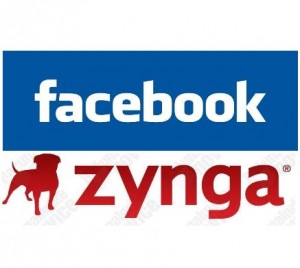Sarah’s blog brings up a good point using the Coke example that a company’s corporate responsibility can be a very powerful tool. However, by using marketing along with the initiative can raise questions about whether the company is doing it for the image or for the good of the cause.
Although I believe that the desire to use good deeds as a marketing scheme is slightly unethical, I think that there are positive effects that result from it. According to Yahoo, rival PepsiCo responded to the campaign by espousing the cause of domestic hunger and will be donating five cents from every product purchased at 7-Eleven in the USA.
What Coke did was cause a domino effect, and increase pressure of other companies, such as PepsiCo, to participate in helping those in need. In end, with organization’s fighting to compete, all will participate in helping the world in one way or another and what will arise is a synergized group of organizations that are donating funds to those in need.
Positive in the long run? I think so!










